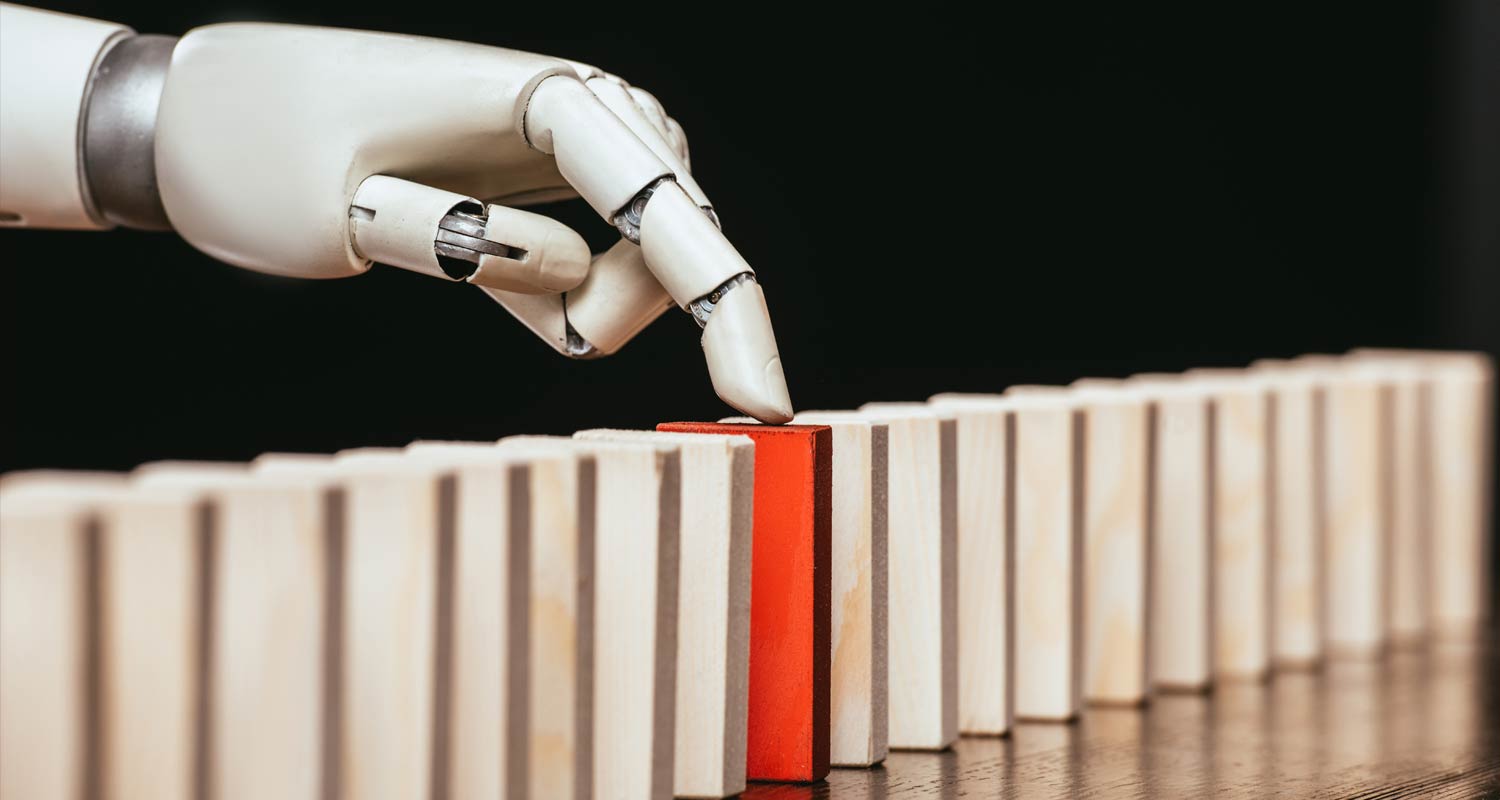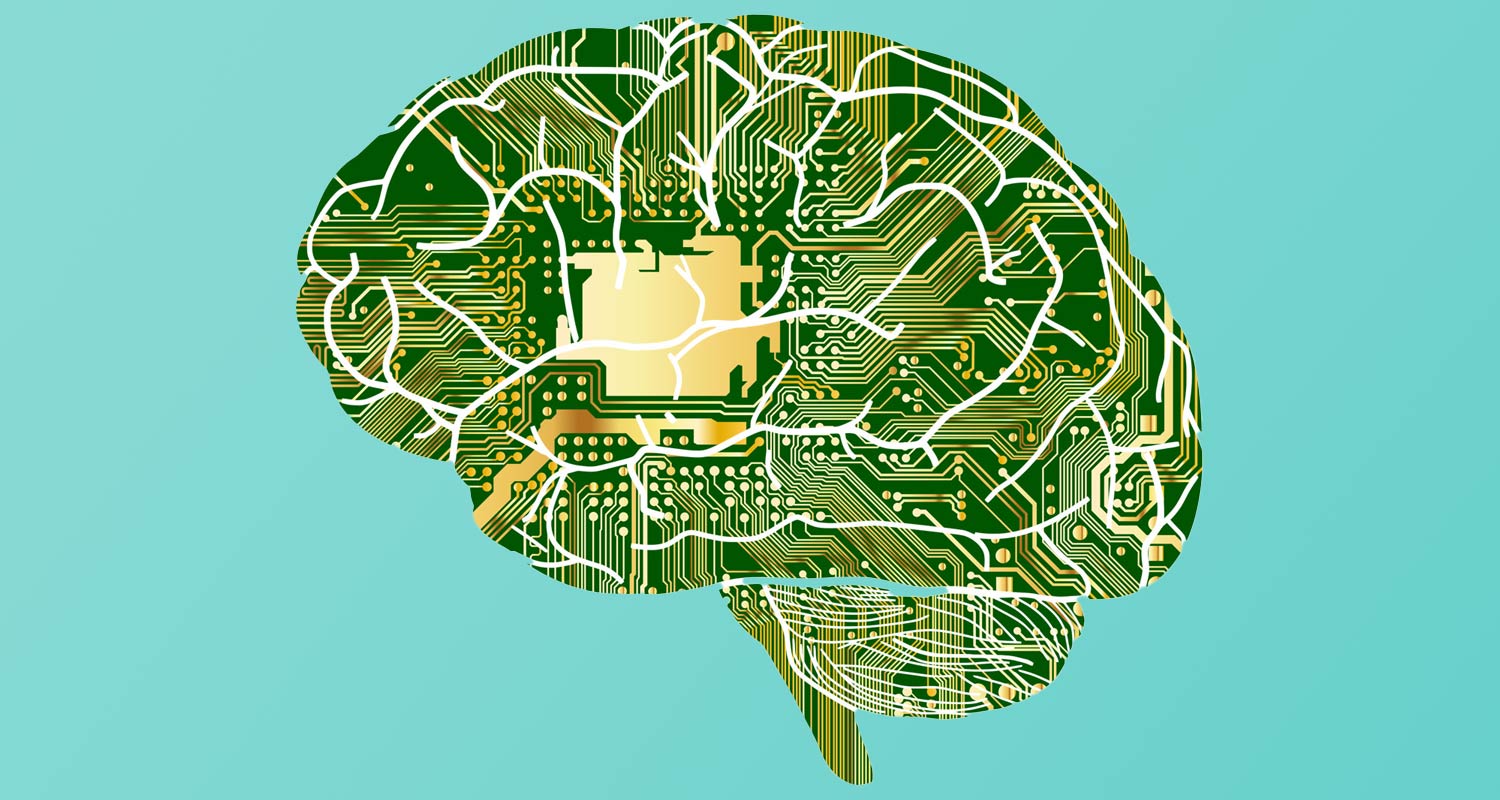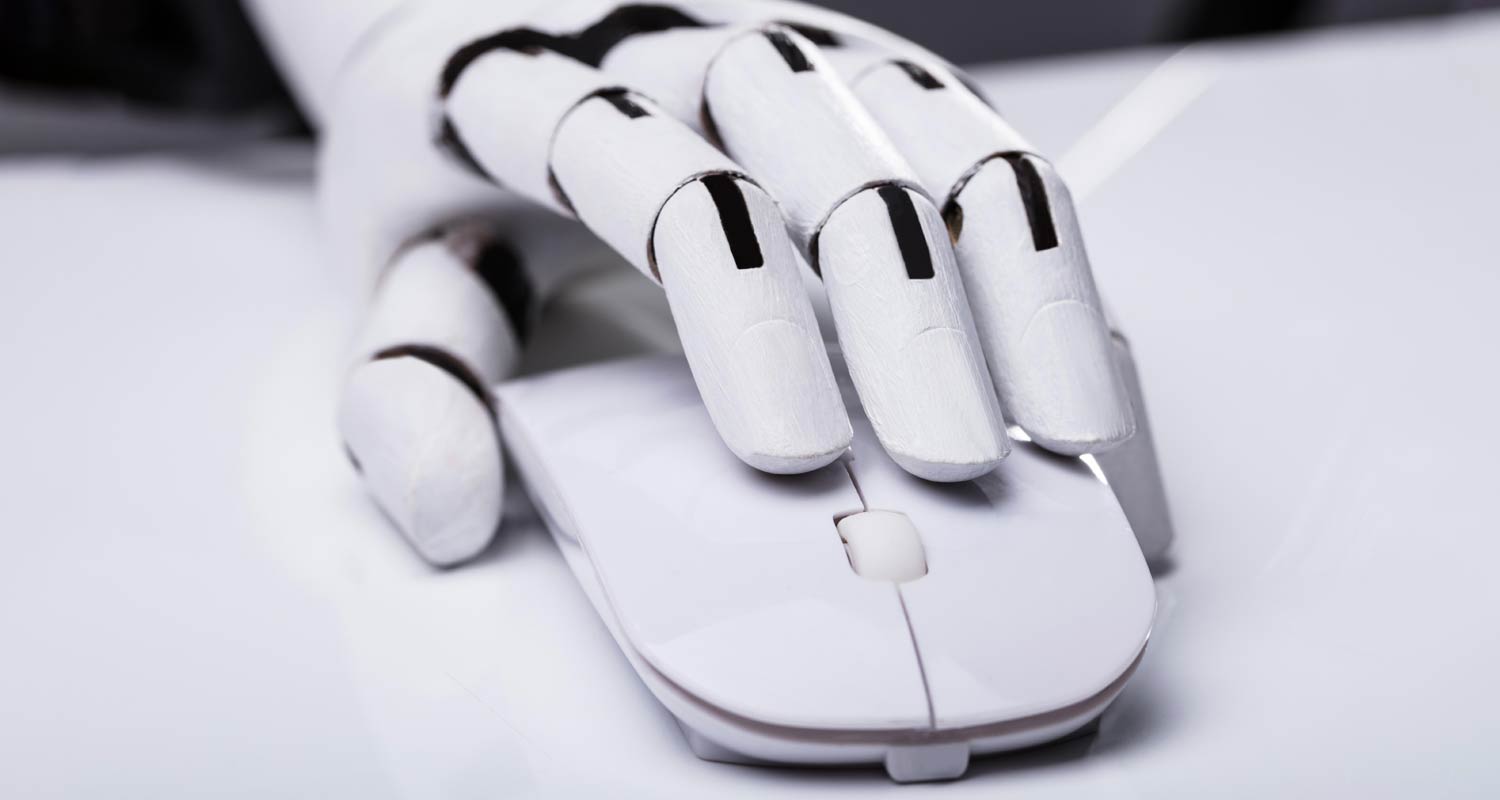 To know the present technology of AI instruments and the place they may lead, it’s useful to know how we acquired right here.
To know the present technology of AI instruments and the place they may lead, it’s useful to know how we acquired right here.
With the present buzz round synthetic intelligence, it will be straightforward to imagine that it’s a current innovation. In reality, AI has been round in a single kind or one other for greater than 70 years. To know the present technology of AI instruments and the place they may lead, it’s useful to know how we acquired right here.
Every technology of AI instruments will be seen as an enchancment on those who went earlier than, however not one of the instruments is headed in direction of consciousness.
The mathematician and computing pioneer Alan Turing revealed an article in 1950 with the opening sentence: “I suggest to think about the query, ‘Can machines suppose?’.” He goes on to suggest one thing referred to as the imitation sport, now generally referred to as the Turing check, wherein a machine is taken into account clever if it can’t be distinguished from a human in a blind dialog.
5 years later got here the primary revealed use of the phrase “synthetic intelligence” in a proposal for the Dartmouth Summer season Analysis Undertaking on Synthetic Intelligence.
From these early beginnings, a department of AI that turned referred to as skilled techniques was developed from the Sixties onward. These techniques had been designed to seize human experience in specialised domains. They used specific representations of data and are, due to this fact, an instance of what’s referred to as symbolic AI.
Early successes
There have been many well-publicised early successes, together with techniques for figuring out natural molecules, diagnosing blood infections and prospecting for minerals. Some of the eye-catching examples was a system referred to as R1 that, in 1982, was reportedly saving the Digital Tools Company US$25-million/yr by designing environment friendly configurations of its minicomputer techniques.
The important thing good thing about skilled techniques was {that a} topic specialist with none coding experience may, in precept, construct and keep the pc’s data base. A software program element referred to as the inference engine then utilized that data to resolve new issues inside the topic area, with a path of proof offering a type of rationalization.
These had been all the fad within the Nineteen Eighties, with organisations clamouring to construct their very own skilled techniques, they usually stay a helpful a part of AI at present.
The human mind incorporates round 100 billion nerve cells, or neurons, interconnected by a dendritic (branching) construction. So, whereas skilled techniques aimed to mannequin human data, a separate area referred to as connectionism was additionally rising that aimed to mannequin the human mind in a extra literal approach. In 1943, two researchers referred to as Warren McCulloch and Walter Pitts had produced a mathematical mannequin for neurons, whereby every one would produce a binary output relying on its inputs.
 One of many earliest pc implementations of related neurons was developed by Bernard Widrow and Ted Hoff in 1960. Such developments had been fascinating, however they had been of restricted sensible use till the event of a studying algorithm for a software program mannequin referred to as the multi-layered perceptron (MLP) in 1986.
One of many earliest pc implementations of related neurons was developed by Bernard Widrow and Ted Hoff in 1960. Such developments had been fascinating, however they had been of restricted sensible use till the event of a studying algorithm for a software program mannequin referred to as the multi-layered perceptron (MLP) in 1986.
The MLP is an association of sometimes three or 4 layers of easy simulated neurons, the place every layer is totally interconnected with the subsequent. The training algorithm for the MLP was a breakthrough. It enabled the primary sensible device that would be taught from a set of examples (the coaching knowledge) after which generalise in order that it may classify beforehand unseen enter knowledge (the testing knowledge).
It achieved this feat by attaching numerical weightings on the connections between neurons and adjusting them to get the perfect classification with the coaching knowledge, earlier than being deployed to categorise beforehand unseen examples.
The MLP may deal with a variety of sensible purposes, supplied the information was introduced in a format that it may use. A traditional instance was the popularity of handwritten characters, however provided that the pictures had been pre-processed to pick the important thing options.
Newer AI fashions
Following the success of the MLP, quite a few different types of neural community started to emerge. An vital one was the convolutional neural community (CNN) in 1998, which was just like an MLP aside from its extra layers of neurons for figuring out the important thing options of a picture, thereby eradicating the necessity for pre-processing.
Each the MLP and the CNN had been discriminative fashions, which means that they may decide, sometimes classifying their inputs to supply an interpretation, prognosis, prediction or suggestion. In the meantime, different neural community fashions had been being developed that had been generative, which means that they may create one thing new, after being skilled on massive numbers of prior examples.
Generative neural networks may produce textual content, pictures or music, in addition to generate new sequences to help in scientific discoveries.
Two fashions of generative neural community have stood out: generative-adversarial networks (GANs) and transformer networks. GANs obtain good outcomes as a result of they’re partly “adversarial”, which will be considered a built-in critic that calls for improved high quality from the “generative” element.
Transformer networks have come to prominence by means of fashions comparable to GPT4 (Generative Pre-trained Transformer 4) and its text-based model, ChatGPT. These large-language fashions (LLMs) have been skilled on monumental datasets, drawn from the web. Human suggestions improves their efficiency additional nonetheless by means of so-called reinforcement studying.
In addition to producing a formidable generative functionality, the huge coaching set has meant that such networks are now not restricted to specialised slim domains like their predecessors, however they’re now generalised to cowl any matter.
The place is AI going?
The capabilities of LLMs have led to dire predictions of AI taking up the world. Such scaremongering is unjustified. Though present fashions are evidently extra highly effective than their predecessors, the trajectory stays firmly in direction of better capability, reliability and accuracy, quite than in direction of any type of consciousness.
As Prof Michael Wooldridge remarked in his proof to the UK parliament’s Home of Lords in 2017, “the Hollywood dream of aware machines shouldn’t be imminent, and certainly I see no path taking us there”. Seven years later, his evaluation nonetheless holds true.
There are lots of constructive and thrilling potential purposes for AI, however a take a look at the historical past reveals that machine studying shouldn’t be the one device. Symbolic AI nonetheless has a task, because it permits identified information, understanding and human views to be integrated.
 A driverless automotive, for instance, will be supplied with the foundations of the highway quite than studying them by instance. A medical prognosis system will be checked in opposition to medical data to supply verification and rationalization of the outputs from a machine studying system.
A driverless automotive, for instance, will be supplied with the foundations of the highway quite than studying them by instance. A medical prognosis system will be checked in opposition to medical data to supply verification and rationalization of the outputs from a machine studying system.
Societal data will be utilized to filter out offensive or biased outputs. The long run is vivid, and it’ll contain the usage of a spread of AI strategies, together with some which were round for a few years.![]()
- The creator, Adrian Hopgood, is impartial advisor and emeritus professor of clever techniques, College of Portsmouth
- This text is republished from The Dialog underneath a Inventive Commons licence